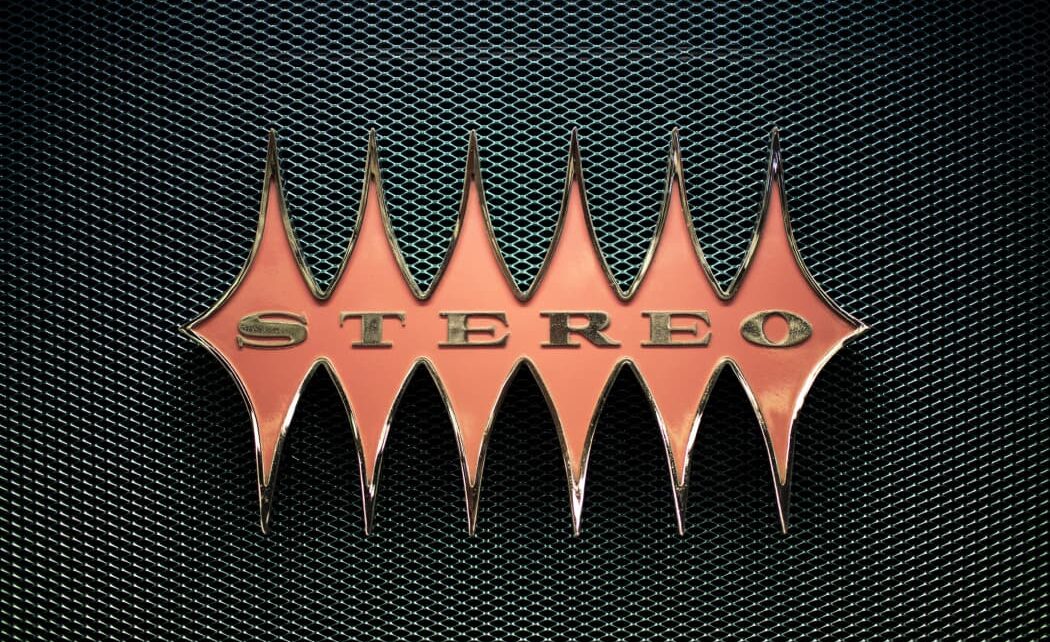
Introduction:
Stereo sound is a term that refers to the use of two or more audio channels to create a more immersive and spatially-rich listening experience. It has been an integral part of the modern music experience for several decades, and its history dates back to the early days of radio broadcasting. In this article, we’ll take a deeper dive into the history of stereo sound and how it has evolved over the years to become an essential part of the modern music experience.
Early Developments in Stereo Sound:
Early Experiments with Stereo Sound
The earliest experiments with stereo sound date back to the late 19th and early 20th centuries, when engineers and inventors were exploring new ways to create more immersive and lifelike audio experiences. One of the earliest experiments was conducted by British engineer Alan Dower Blumlein in the 1930s, who patented the first true stereo sound recording and playback system. Blumlein’s system used two microphones to record sound from different perspectives, which allowed for a more realistic representation of sound when played back over two channels. This was the first true stereo system and marked a major milestone in the development of stereo sound.
The Birth of Radio Broadcasting and Stereo Sound
Radio broadcasting was one of the first mediums to embrace stereo sound, and it played a crucial role in the early development of stereo technology. In the 1930s and 1940s, radio stations began experimenting with stereo sound, and by the 1950s, stereo broadcasting had become a common practice. The introduction of stereo sound on radio allowed listeners to experience music and other audio content in a more immersive and lifelike way, and it helped to lay the foundation for the growth of stereo sound in the years to come.
The Introduction of Stereo LP Records
Stereo LP records were introduced in the late 1950s, and they quickly became popular among music enthusiasts. The introduction of stereo LP records marked a major milestone in the development of stereo technology, and it allowed listeners to experience music in a way that was never before possible. Stereo LP records allowed for a more lifelike representation of sound, with instruments and voices appearing to come from different directions, and they helped to usher in a new era of high-fidelity audio.
The Golden Age of Stereo Sound:
The Rise of Hi-Fi Stereo Systems
The 1960s and 1970s were the golden age of stereo sound, and during this time, hi-fi stereo systems became increasingly popular among music enthusiasts. These systems were designed to deliver high-fidelity sound, and they allowed listeners to experience music in a way that was never before possible. Hi-fi stereo systems featured powerful amplifiers, speakers, and turntables that were designed to produce high-quality sound, and they became an essential part of the modern music experience.
The Emergence of Surround Sound
The late 1960s and early 1970s saw the emergence of surround sound, which allowed listeners to experience music in a more immersive and spatially-rich way. Surround sound was first introduced in the movie theater, and it quickly became popular among music enthusiasts as well. Surround sound systems used multiple speakers to create a more immersive soundscape, with sounds appearing to come from different directions. This allowed for a more realistic representation of sound and helped to create a more engaging listening experience.
The Advent of Digital Stereo Technology
The late 1970s and early 1980s saw the advent of digital stereo technology, which revolutionized the music industry. Digital stereo technology allowed musicians and producers to create and mix music in a way that was never before possible, and it paved the way for the development of new music genres such as electronic and dance music. Digital stereo technology also made it easier to produce high-fidelity recordings, and it allowed for the creation of more complex and dynamic soundscapes. This marked a major turning point in the history of stereo sound and helped to shape the modern music landscape.
The Modern Era of Stereo Sound:
The Growth of Portable Audio Devices
The growth of portable audio devices, such as MP3 players and smartphones, has had a profound impact on the music industry in recent years. These devices have made it easier for people to listen to music on the go, and they have opened up new opportunities for music discovery and exploration. Portable audio devices typically feature built-in stereo speakers or headphones, which allow for a high-fidelity listening experience.
The Emergence of Streaming Services
Streaming services, such as Spotify and Apple Music, have also had a major impact on the music industry in recent years. These services allow users to stream music from a vast library of songs, and they have helped to revolutionize the way people discover and listen to music. Streaming services typically offer high-quality audio, with many services offering lossless and Hi-Res audio options, which allow for a more immersive listening experience.
The Growth of Virtual and Augmented Reality
Virtual and augmented reality technology is also beginning to play a role in the music industry, with new applications and experiences emerging all the time. For example, virtual reality music concerts allow fans to experience music in a whole new way, with 360-degree immersive soundscapes. Augmented reality music experiences, such as AR music videos, are also becoming increasingly popular, and they offer a unique and engaging way to experience music.
Conclusion:
Stereo sound has come a long way since its earliest experiments in the late 19th and early 20th centuries. Today, stereo sound is an essential part of the modern music experience, and it has been shaped by a number of technological advancements over the years. From the growth of portable audio devices and streaming services, to the emergence of virtual and augmented reality, stereo sound continues to evolve and shape the way we experience music.